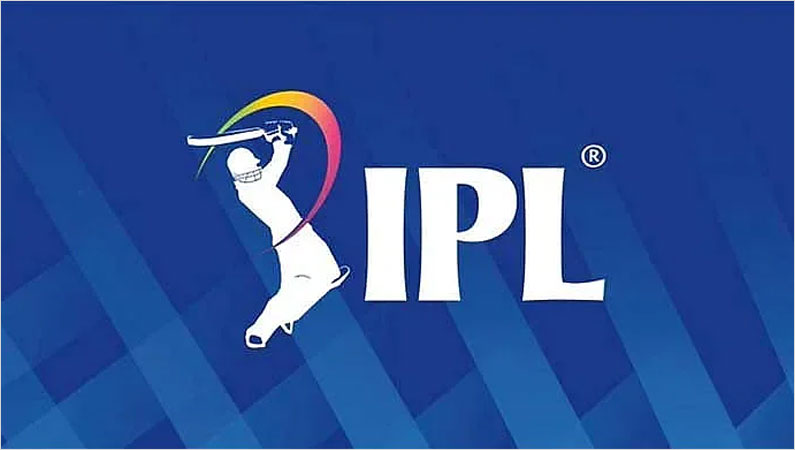Media experts assert that language feeds have not only helped broadcaster to expand the viewership base but has also provided an opportunity for brands to launch region-specific advertising campaigns
Local language feeds continue to play a key role in growing the viewership base of the Indian Premier League (IPL) beyond its core target audience.
Media experts assert that the launch of language feeds has not only helped broadcaster Disney Star to expand the viewership base of the property but has also provided an opportunity for brands to launch region-specific advertising campaigns to reach out to audiences in an individual market.
Having tasted success with its regionalisation strategy in the last four years, Disney Star is airing the ongoing IPL 2022 in nine language feeds. This year, the broadcaster has added a Gujarati language feed to its existing line-up of feeds which has English, Hindi, Tamil, Telugu, Kannada, Marathi, Malayalam, and Bengali.
Wavemaker India National Director, Sports and Entertainment Sponsorships Jigar Rambhia shared that the language feeds, especially for the southern states, have helped IPL to reach a wider audience.
“Audiences watch the games for a longer period of time if the feed is available in their language compared to Hindi or English. This is not only for sports but for all genres,” he said.
According to Starcom SVP Rachana Monteiro, engagement with any content beyond metros has been driven by local language. “When the viewer gets to watch his favourite sport with the language he is most comfortable with, viewership is bound to grow,” she added.
Regional feed, Monteiro added, brings in the audience beyond the 100 km radius of metros. Also, viewers spend more time watching the game on the regional feed. “Hence while English/Hindi can drive viewership in the north and west, regional feed helps garner viewers from south and east, giving IPL a national platform.”
MediaCom National Trading Head Rahul Satoskar noted that regionalisation has played an important role in content consumption over the last few years. “For IPL also, listening to the game in your language has increased engagement and fan-following. This has consistently led to increased contribution from the regional feeds to the total viewership,” he stated.
Opportunities for brands
According to Star Sports’ media deck for the IPL 2022, Star Sports 1 Tamil had a 90% TVR contribution in IPL 2021 versus 73% in 2019 for the Tamil Nadu market. In Andhra Pradesh/Telangana, Star Sports 1 Telugu, the broadcaster claimed, had a 67% TVR contribution in 2021 compared to 12% in 2019. Star Sports 1 Kannada’s TVR contribution for the Karnataka market stood at 40% in 2021 versus 20% in 2019, the broadcaster said.
The broadcaster also highlighted that brands like Coca-Cola and Asian Paints ran customised campaigns for markets in south India to drive consideration, usage, and awareness.
Starcom’s Monteiro pointed out that a brand’s “task” by each geography is usually different. “In some pockets, it could be of driving awareness whereas in others it could be to drive purchase intent or outshout competition.”
She added that the ability to target their consumers locally on a national game helps the advertisers achieve specific goals by geography and simultaneously gain mass reach.
Satoskar believes that the advantage of geotargeting via language feeds is very similar to a normal brand campaign that runs different creatives across different markets. “The language feeds provide the opportunity to run market-specific communication which has been created by brands to drive higher market effectiveness,” he added.
Categories that are leveraging local feeds
Monteiro said that advertisers from emerging categories like fintech, e-payments, and hyper-local delivery businesses are using local language feeds. “All of them are driving product understanding in regional language to better explain the category to the consumers.”
MediaCom’s Satoskar noted that most brands participating in the IPL launch campaigns at a national level & across feeds, however, there are some brands - usually local/regional businesses – that are present only on regional feeds as they don’t need a national footprint.
“Regional feeds serve as an excellent route to reach audiences in regional markets especially given the rise of influencers & online shoppers from Tier II & smaller towns. This, combined with the higher engagement because of local language familiarity & relevance, can be a powerful means of brand communication,” he stated.



.jpg)
.jpg)